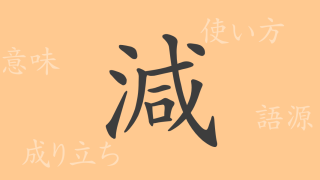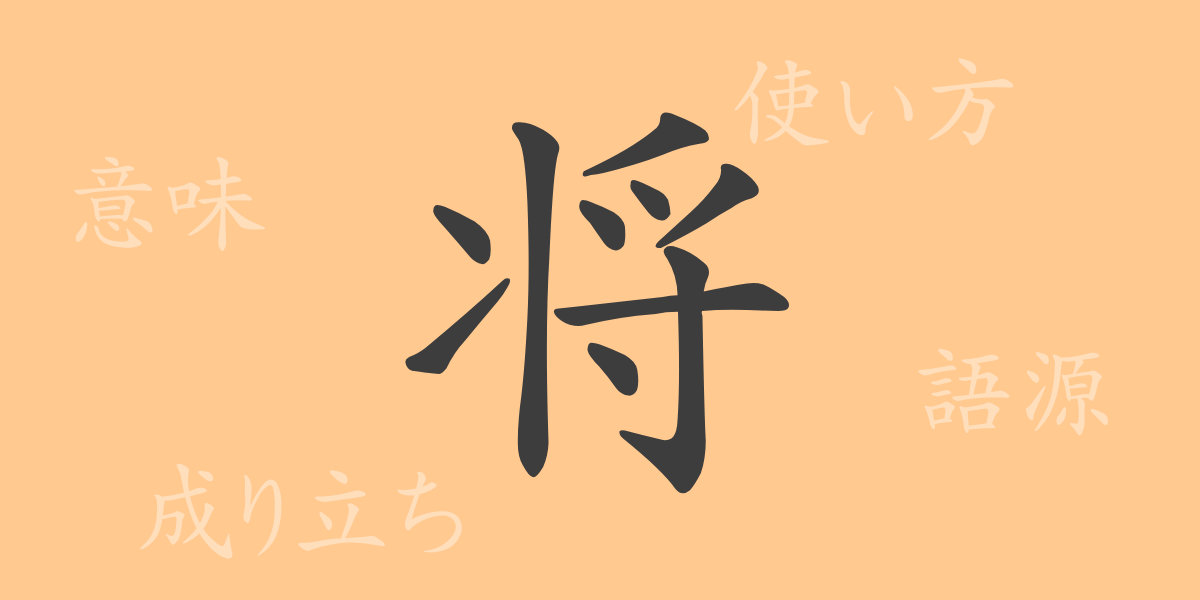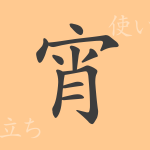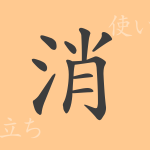The meaning of a single kanji character is deeply rooted in its shape and history. “将(ショウ)” is no exception among Japan’s commonly used kanji, exuding a unique presence in the Japanese language. This article delves deep into the allure of the kanji “将(ショウ)”, exploring its origins, contemporary usage, pronunciation, stroke count, and even phrases and proverbs that utilize it. For those seeking a deeper understanding of Japanese, the world of “将(ショウ)” promises a journey filled with new discoveries.
Origins of 将(ショウ)
The kanji “将(ショウ)” traces its origins back to ancient Chinese oracle bone scripts. Initially combining the shapes of a ‘hand with claws’ and an ‘axe’, its meaning evolved from ‘wielding an axe by hand’ to ‘lead’ or ‘command’. This transformation reflects the historical depiction of commanders and leaders who wield weapons and guide others.
Meaning and Usage of 将(ショウ)
“将(ショウ)” is used in contexts like “将来(しょうらい)” to denote the future, and “将軍(しょうぐん)” to mean a military leader or general. It also appears adverbially as “将に(まさに)”, indicating an imminent action or event, translating to ‘soon’ or ‘shortly’.
Pronunciation, Stroke Count, and Radical of 将(ショウ)
The kanji “将(ショウ)” is versatile in its pronunciation and structure:
- Pronunciation: The on’yomi (音読み) is “ショウ”, while the kun’yomi (訓読み) are “ま

























